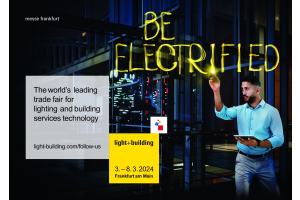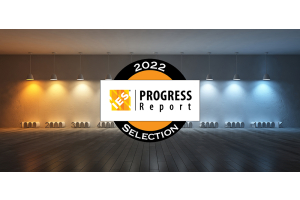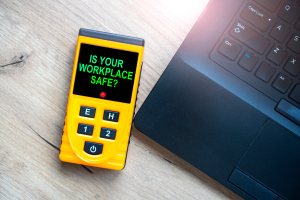
CONTROLLERS
Controllers translate Bluetooth mesh commands into a different protocol and vice versa.
For example:
Dry-Contact Controller
The C-S1C-24-DS00 Dry-Contact Controller can receive a dry contact command and send a corresponding message to the mesh (such as an on/off for a luminaire/zone or trigger a scene) as well as open of close a dry contact based on a Bluetooth message it received.
|
RS485 Controller
The C-400-12-DS00 is the ideal Controller for shades and other RS485 loads. |
|

|

|
DMX-IN CONTROLLER
The new DMX-IN Controller delivers DMX control over a Bluetooth Mesh network. Whether it's for integration between systems or for controlling 0-10V or phase loads via a DMX512 control panel, the new DMX-IN controller opens the door to a variety of new applications. Wireless dimming, scenes, and animations on a Bluetooth Mesh network are now available from a DMX console.

| DMX-Out Controller
The C-X51 commands up to 28 DMX Channels Wirelessly, translating on/off/dim, scenes and animations from Bluetooth mesh to DMX. |
|

|

|
LOCAL GATEWAY
With the addition of a gateway on a job, clients and partners can use the BubblyNet API to control the network. This provides the ability for other development teams to integrate with BubblyNet. For example, if a vendor of smart door locks needs to control BubblyNet lights when a door is unlocked, they can trigger a scene by utilizing the API.

API
An Application Programming Interface (API) is a software interface which allow to different computers or pieces of software to communicate to each other. BubblyNet commitment to the industry is to be the most open system available.
The BubblyNet APIs enable integration vendors to control their network with existing infrastructure or create their own user interface.
The BubblyNet APIs enable integration vendors to control their network with existing infrastructure or create their own user interface.
The requirements are a BubblyNet Gateway or Touchscreen G-series and a BubblyNet Cloud account.
Local APIs do not require a connection to the external internet (though does require a network connection to operate). The Local Control API is served entirely from the gateway and does not require Cloud Services. BubblyNet’s Local Control Panel uses the local API system for operation.

CLOUD GATEWAY
BubblyNet integrates with the most common BMS (Building Management Systems) through WiFi as well as with in-room entertainment solution such as BeyondTV.
Cloud APIs excel at remote operations and allows a developer to create applications into their own Building Management Systems (BMS), web applications, or mobile devices. BubblyNet Cloud based control system supports amongst others, area/group controls like Network, Group, and Scene searching, Scene recall, Power, and color controls.
HVAC Integration - BACNET/IP
HVAC (Heating, Ventilation and Air Conditioning) is generally responsible for about 40% of the total building energy consumption which is about twice the energy consumption for lighting.
When selecting a control system, it is very important to evaluate how lighting and HVAC will integrate in a seamless solution.
BACnet/IP is BubblyNet’s primary means of HVAC integration. The point of connection is either a Gateway or a G-series touchscreen with the addition of a BACnet software package. Configuration of the BACnet system requires intranet connectivity. Here are a few pages of how the interface looks.


HVAC control can be local via BubblyNet touchscreens

HVAC can be controlled via BACnet thermostat

The system allows also for remote access via BubblyNet Cloud Services

Occupancy sensor status can be shared with the HVAC system to set back temperatures when areas become unoccupied.
Schedules can be either be activated by the BubblyNet system or from BACnet.
Shades controllers can be activated by schedules, daylight sensors or from BACnet.
Air Quality Sensors can be integrated with the HVAC system for improved well-being.









